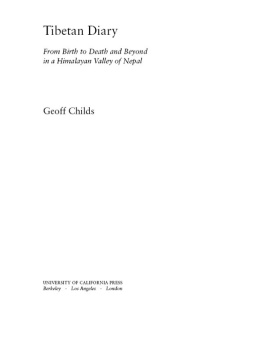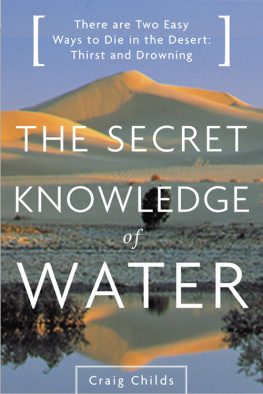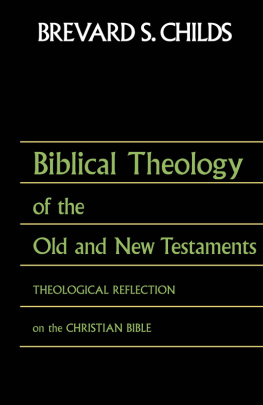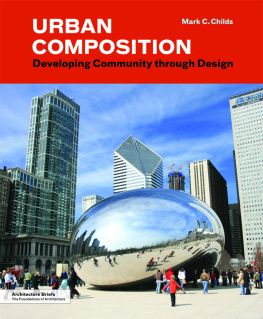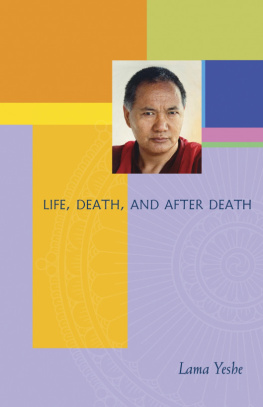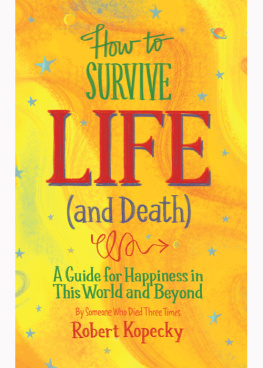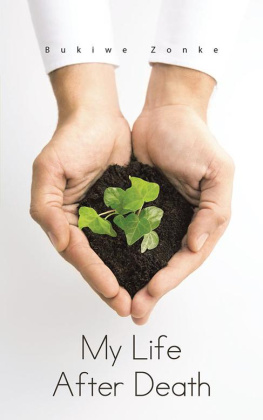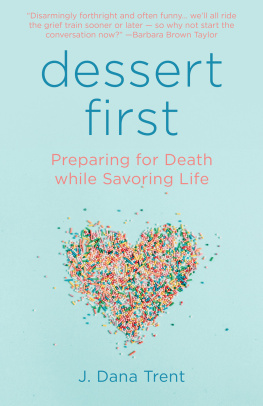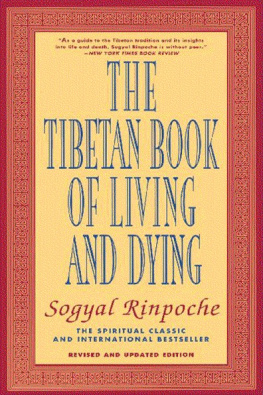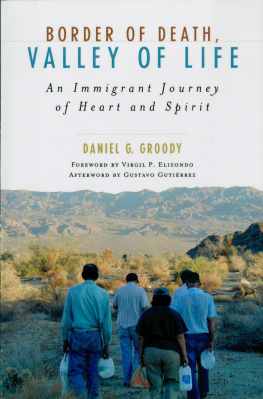Tibetan Diary
From Birth to Death and Beyond
in a Himalayan Valley of Nepal
Geoff Childs
UNIVERSITY OF CALIFORNIA PRESS
Berkeley Los Angeles London
University of California Press
Berkeley and Los Angeles, California
University of California Press, Ltd.
London, England
2004 by the Regents of the University of California
Library of Congress Cataloging-in-Publication Data
Childs, Geoff H., 1963
Tibetan diary: from birth to death and beyond in a Himalayan valley of Nepal / Geoff Childs.
p. cm.
Includes bibliographical references and index.
ISBN 0-520-24109-6 (cloth : alk. paper)ISBN 0-520-24133-9 (pbk. : alk. paper)
1. EthnologyChinaTibetNubri.
2. Philosophy, Tibetan. 3. Nubri (Tibet)Religious life and customs. 4. Nubri (Tibet)Social life and customs. I. Title.
GN635.C5C45 2004
306.095I38DC22
2004004204
Manufactured in the United States of America
13 12 11 10 09 08 07 06 05 04
10 9 8 7 6 5 4 3 2 1
The paper used in this publication meets the minimum requirements of ANSI/NISO Z39.48-1992 (R 1997) (Permanence of Paper).
Illustrations
MAPS
FIGURES
Acknowledgments
Many people have contributed valuable suggestions, editorial advice, and various forms of encouragement that have helped bring this book into being. My father, Neil Childs, relished the task of critiquing my prose and pointing out inconsistencies. More importantly, he deserves gratitude beyond measure for giving conspiratorial winks and nods to those youthful endeavors that eventually led to my career in anthropology. My mother, Peggy Childs, has always shown her love by never letting on how terrified she was every time I disappeared into the heart of Asia. By surviving so many bouts of cancer with dignity, courage, and grace, she remains a remarkable source of inspiration and a continual reminder of the strength that comes from the family. Lily, the personification of patience and understanding, helped turn hovels into homes on the three continents where the research and writing of this book were accomplished. Curt has stood as a paragon in my life for how positive motivation and clear-minded resolve can lead to the fulfillment of dreams. Steve Clingan, an avid reader with a broad range of interests, merits recognition for the numerous suggestions he made and for helping me gauge where this work stands in relation to an educated lay readership. Zsuzsanna Gulacsi selflessly contributed as a judicious sounding board for ideas and as a reliable editor during the formative phase of this project. Parts of this book, especially the ethnographic portions, derive from my Ph.D. dissertation at Indiana University. Credit goes to George Alter, Christopher Beckwith, Emilio Moran, Elliot Sperling, Michael Walter, and Richard Wilk for their guidance and intellectual stimulation. Bryan J. Cuevas, Gregory Price Grieve, and an anonymous reviewer made insightful suggestions that resulted in a vastly improved end product. John Powers provided valuable advice on the presentation of topics relating to Buddhist philosophy. Many thanks are due to Rachel Kaul who compiled the index. Reed Malcolm, Colette DeDonato, Stephanie Fay, and Erin Marietta at the University of California Press were especially patient and helpful in making sure this project never stalled, and the contributions of the copyeditor, Anne Canright, led to significant improvements.
In Kathmandu several people deserve special mention. Kunga and Chkyi opened their home and culture to me in 1984, and thereby provided an initial impetus to follow the unconventional career path of anthropologist. They also introduced me to Karma Lama, who in turn introduced me to the people of Nubri. Tsetan Chonjore, my language teacher and close friend, continues to influence my thoughts about Tibetan society in many small yet significant ways. His contributions are far from negligible. Tsering Dorje and the late Kalsang Tsering helped transcribe many of the interviews for this book.
I would like to thank Keith Goldstein, K. P. Kafle, Sabra Jones, Nick Lederer, Esther Lev, Barb Secrest, Peg Swift, Donna Warrington, and Frank Weinstock, the board members of SEEDS (www.nepalseeds.org), who helped transform the empirical findings of ethnographic research into practical projects with tangible benefits for the people of Nubri. The experience of being stranded in a Nubri snowstorm and listening to an anthropologist's droning monologue (which experience is more harrowing?) failed to deter them from taking an active interest in the lives of people less fortunate than ourselves. Sabra Jones, a physician, deserves special mention for deploying her healing skills in a most altruistic manner. Her untimely death in the summer of 2002 has left a void in all our hearts.
Fieldwork in 1995 and 1997 was made possible by grants from Fulbright-Hays and the Wenner-Gren Foundation. A subsequent trip in 2000 was supported by a fellowship from the Andrew Mellon Foundation. The current manifestation of this book came to fruition while I was employed as a postdoctoral fellow at the Australian National University and during my current position at Washington University in St. Louis. I would like to thank all my colleagues at both institutions for sustaining such a supportive intellectual environment.
Those who deserve the most credit for this book are the people of Nubri and Kutang. They opened their homes, shared their friendship, and tolerated my frequent excesses. Lama Gyatso kept my spirits high through laughter; Rinpoche kept my spirits from flagging through a daily dose of sanity. Tsogyal, the consummate matriarch, never let me forget the importance of family. Rigzen Dorje shared texts, explanations, and grandfatherly compassion. Chimi could always be counted on for off-color humor. Dawa and Angjung kindled our hearth and filled our cups with warm tea after long trips throughout the valley. Lama Karma helped me get settled, then had the courtesy to refrain from casting me out from the community like a malevolent spirit after I nearly plugged his spouse with the arrow that won the 1997 long-distance shooting contest. I thank Tenzin and his wonderful family for so many nights of hospitality and revelry, and even forgive him for not warning me that a particular batch of arak had been double-distilled. I thank Hritar, Amji Dorje and Tsewang Buti, Khamsum and Dorje, Dorje Lama, Dawa Sangmo, Dokdok, and all the others who allowed me to share the warmth of their fires while away from my home base in Sama. Thank you, Lama Jigme, the new incumbent of Pema Chling, for bringing clear leadership and fresh ideas to religious and secular affairs in Sama. And thank you, Purbu Tsewang, for your compassionate decision to return home and provide hope for Sama's children, and also for the selfless care that you now provide for Tashi.
This book is dedicated to Lienne and Pema. You know who your father is; now you know who he was. It is also dedicated to Tashi Dndrup, the agu (uncle) whom Lienne and Pema have never met, but who will always be an integral member of our family in spirit if not in presence. A long life of hard knocks dampened neither Tashi's incisive wit nor his congenial demeanor. His example of forbearance in the face of adversity is truly inspirational. Words can never express the gratitude for the innumerable ways in which Tashi Dndrup continues to exert a positive influence over my own life, and the lives of my little girls.
Prologue
The Genre and the Purpose
Interest in Tibet and Tibetan culture has risen exponentially during recent decades. One tangible result has been a proliferation of publications, the majority of which center on Tibetan religion, or more specifically, Tibetan Buddhism. As perhaps the most salient and visible feature of Tibetan culture, Buddhism has captivated the imagination of the general public such that it now figures prominently in many people's preconceptions about Tibetan society. Many now believe, and some openly state, that the key to understanding Tibetan culture is to explore the esoteric teachings of Buddhism. The logical extension of this argument is that the study of religious philosophy represents the most direct means of comprehending how individual Tibetans think and act. As an anthropologist who has lived and worked in various Tibetan societies since the mid-1980s, I find such a perspective far too simplistic, laden with logical fallacies; it lies at the root of an antiquated and naive stereotype that has cast Tibetans as a people incarcerated in an eternal past. Rather, I concur with the thinking of another anthropologist, Charles Ramble:

